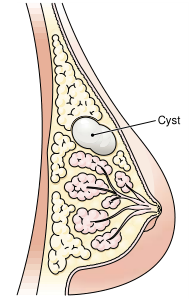- 签证留学 |
- 笔译 |
- 口译
- 求职 |
- 日/韩语 |
- 德语
A neoplasm is an abnormal and uncontrolled growth of tissue—a tumor or growth. A neoplasm that does not spread, that is, metastasize, to other tissues is described as benign, although it may cause damage at the site where it grows. A neoplasm that metastasizes to other tissues is termed malignant, and is commonly called cancer. A malignant tumor that involves epithelial tissue is a carcinoma. If the tumor arises in glandular epithelium, it is an adenocarcinoma (the root aden/o means "gland"); a cancer of pigmented epithelial cells (melanocytes) is a melanoma. A neoplasm that involves connective tissue, muscle, or bone is a sarcoma. Cancers of the blood, lymphatic system, and nervous system are classified according to the cell types involved and other clinical features. Often mistaken for a malignancy is a cyst, a sac or pouch filled with fluid or semisolid material that is usually abnormal but not cancerous (Fig. 1). Common sites for cyst formation are the breasts, the sebaceous glands of the skin, and the ovaries. Causes of cyst formation include infection or blockage of a duct.

FIGURE 1. Cyst in the breast.
责任编辑:admin
